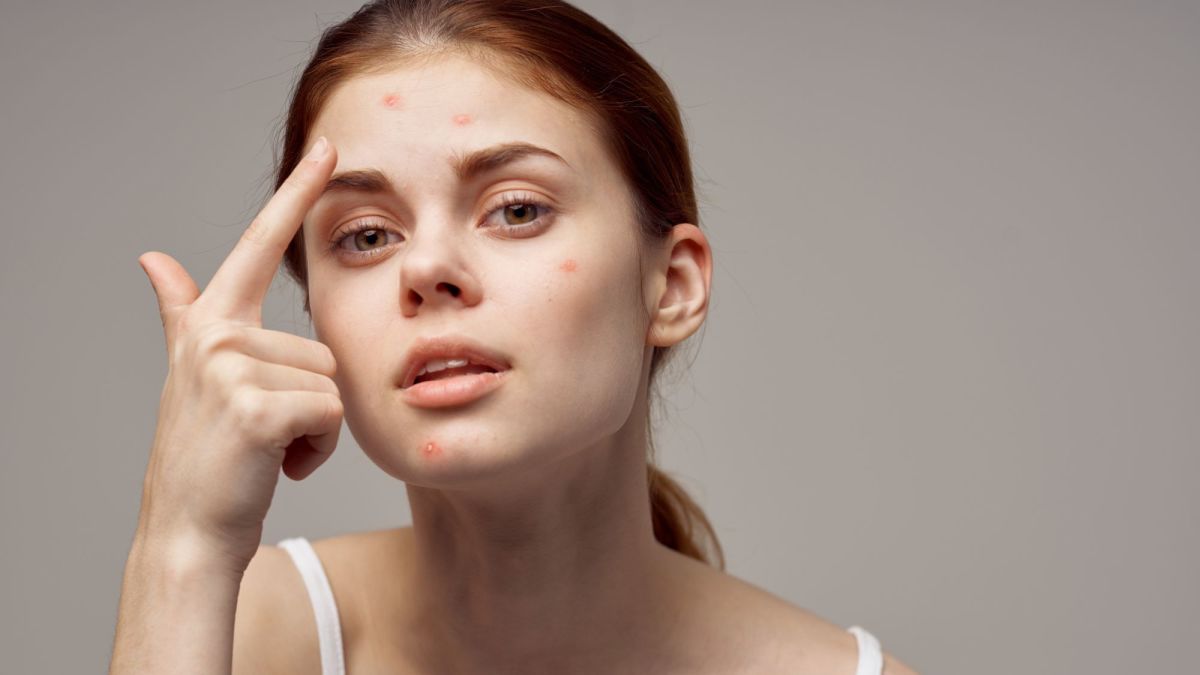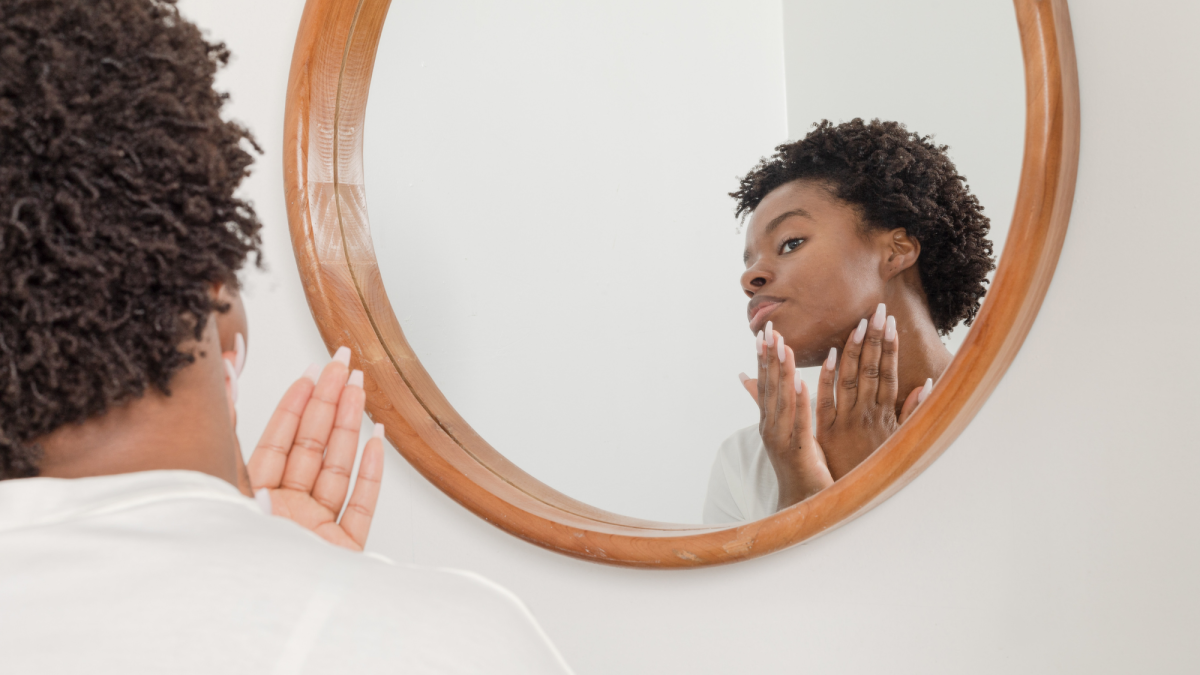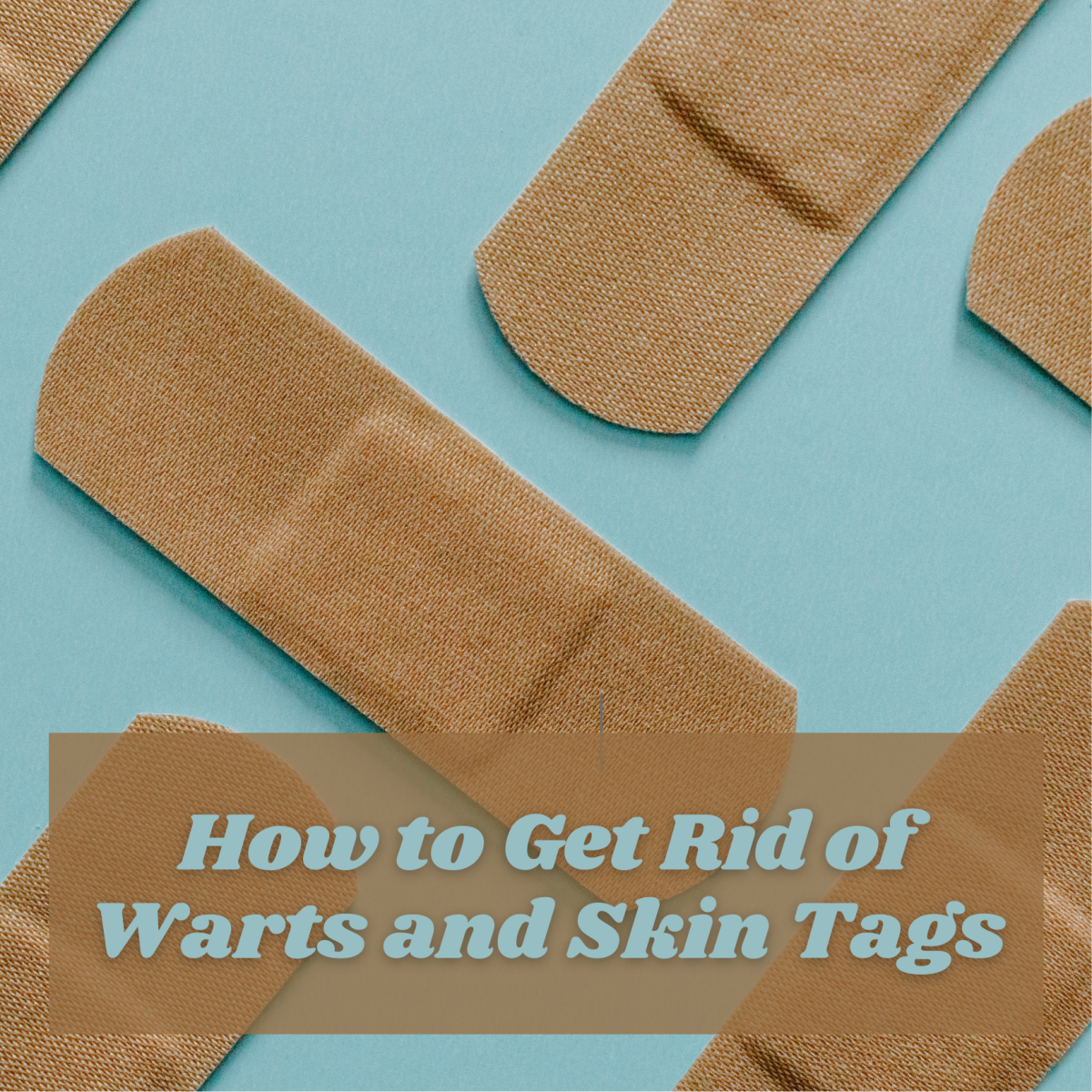The Anatomy of Acne
SKIN

SKIN
The skin is the body’s largest organ. The epidermis is the top layer of skin where dead skin cells are sloughed off. These dead skin cells indirectly contribute to acne formation. Below the epidermis, the skin houses the sebaceous (oil) glands. The sebaceous glands play an active role in how acne is formed. In addition, certain naturally occurring bacteria live on the surface of the skin and contribute to acne production.
SEBACEOUS GLANDS
Sebaceous glands are located all over the skin except the palms of the hands and soles of the feet. They empty into the bases of hair follicles. Although acne has the potential to form anywhere on the body where there are sebaceous glands, the skin of the face and scalp have the most oil glands. Sebaceous glands secrete a sebum or a mixture of fats, waxes, and hydrocarbons onto the skin’s surface with the purpose of keeping the skin and hair moist.
Mild Acne
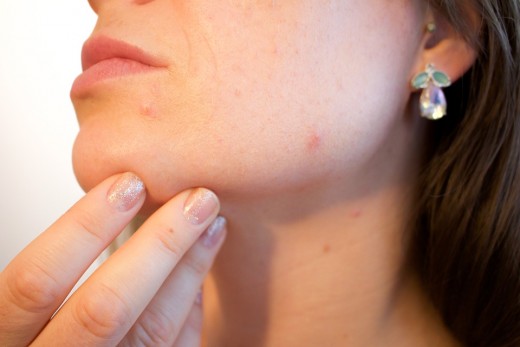
WHY ACNE HAPPENS
During puberty, hormonal changes cause the sebaceous glands to become active and begin secreting sebum. When sebum mixes with the flaking cells inside the hair follicle a plug is formed. Often, it will enlarge and rupture the hair follicle (whitehead) spilling the sebum and dead cells onto the surface of the skin where it mingles with the naturally-occurring bacteria, this causes swelling and inflammation.
Teenagers are not the only ones who get acne. Adult acne can happen to men and women but is more common in females even into their 50s. Regardless of age, acne can be triggered by stress, hormonal fluctuations, medications, or hair and skin care products.
There is also a condition called baby acne which appears on the skins of newborns, typically on the cheeks, nose, and forehead but it can appear anywhere on the face. This is a benign and temporary condition; it will resolve on its own. Parents should never pick at or apply acne treatments to a newborn's skin. The condition will clear without scarring but if parents are concerned they should discuss the condition with their pediatrician.
HOW ACNE FORMS
Acne lesions can be inflammatory or noninflammatory. In noninflammatory acne, blackheads (open comedones) and whiteheads (closed comedones) can be present. Blackheads have the potential for the plug to enlarge, dilating the follicle as more oil and skin flakes collect inside. A whitehead can form if the hair follicle pore stays closed. Inflammatory lesions present as papules (closed comedones that are red), pustules (closed comedones that become inflamed and rupture onto the skin’s surface) and nodules (large, tender, and deeply swollen comedones that are intensely inflamed and can be painful).
Severe Acne
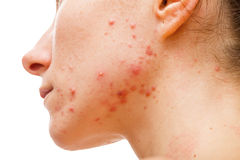
SEVERITY
Dermatologists often categorized acne by its severity. Mild acne consists of a few scattered whiteheads or blackheads with negligible inflammation. A moderate form of acne includes a larger collection of whiteheads, blackheads, and a wider involvement of pustules (red, inflamed, pus-filled lesions). Severe acne is also called cystic or nodular acne. It is widespread with deep lesions that are inflamed, red and often painful. Cystic acne can leave scars and skin discoloration.
SEVERITY
Severity
| Involvment
| Inflammation
|
|---|---|---|
Mild Acne
| Few whiteheads and blackheads
| -
|
Moderate Acne
| Many whiteheads, blackheads and pustuals
| +
|
Severe Ance
| Numerous whiteheads, blackheads, and pustuals with deep lesions that are painful and red
| ++
|
The severity of acne is determined by the number of lesions involved and the amount of inflammation.
DIAGNOSIS AND TREATMENT
Although it is beyond the scope of this article to discuss acne treatments, it is important for those suffering with acne to know that treatments are available. Without treatment acne can leave behind dark spots and scars.
There are over-the-counter options available such as benzoyl peroxide or salicylic acid which work well on mild acne. If you have moderate to severe acne, you would benefit from seeing a medical professional as soon as possible. Treatments for more severe acne may include topical medications with or without an oral medications such as antibiotics or hormones (for females). Your health care provider can help you decide. Finally, dermatologists are doctors who are uniquely trained in treating acne and specialize in extensive treatments such as laser and light therapies, chemical peels, and drainage and extraction of large cysts.
Regardless of the treatment, acne does not clear overnight. With most treatments, it may take up to six or eight weeks to see improvement. If treatment is working you should see healing of your current whiteheads and blackheads with fewer new eruptions.
Other skin conditions can look like acne, so it is best to have your skin examined by a medical professional for accurate diagnosis and treatment.
REFERENCES
This content is for informational purposes only and does not substitute for formal and individualized diagnosis, prognosis, treatment, prescription, and/or dietary advice from a licensed medical professional. Do not stop or alter your current course of treatment. If pregnant or nursing, consult with a qualified provider on an individual basis. Seek immediate help if you are experiencing a medical emergency.
© 2019 Julie Nyhus FNP-BC

